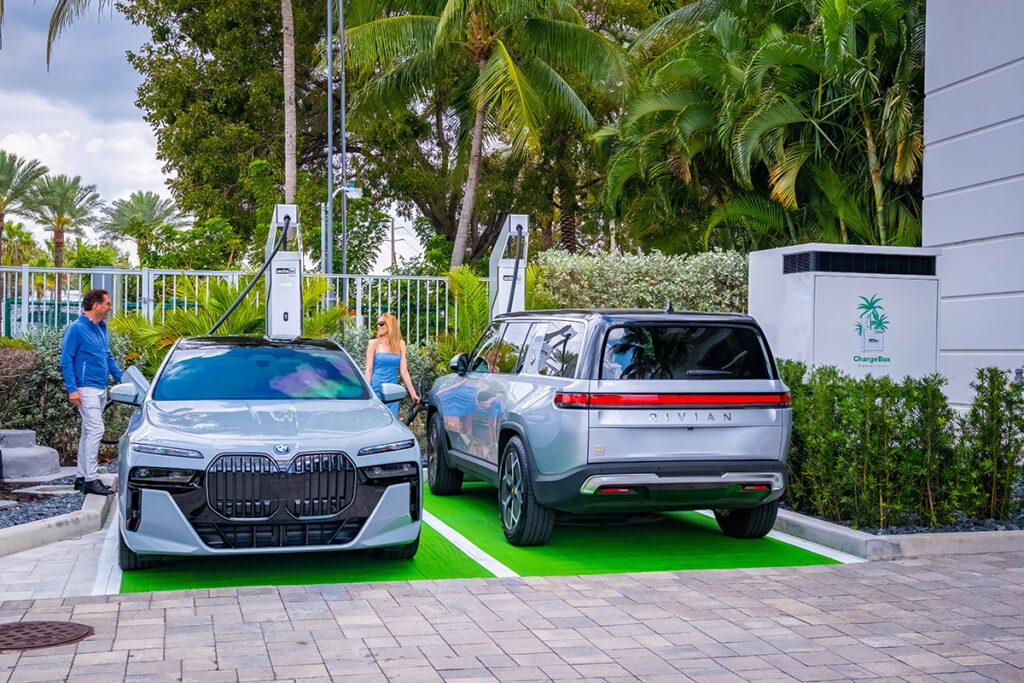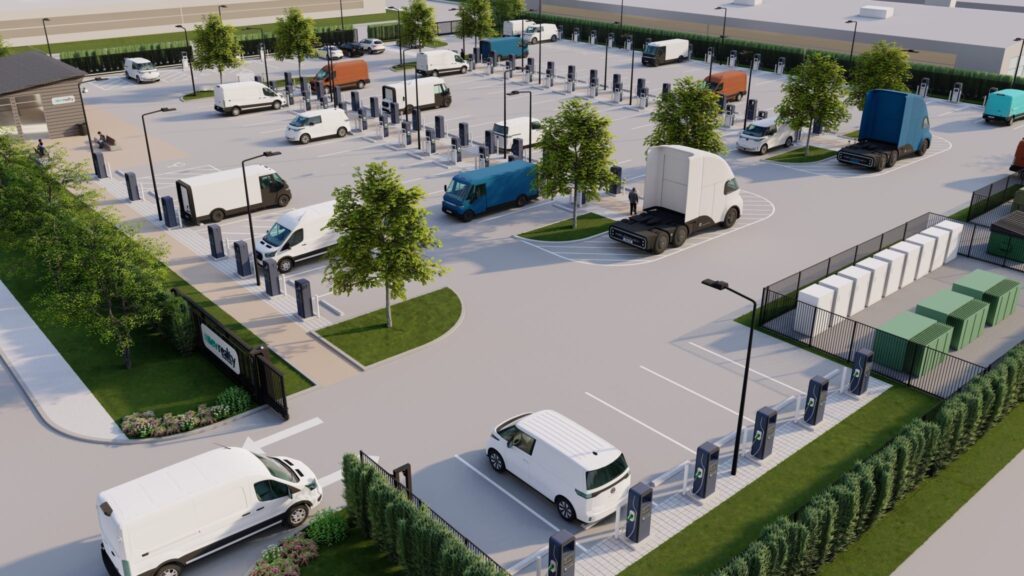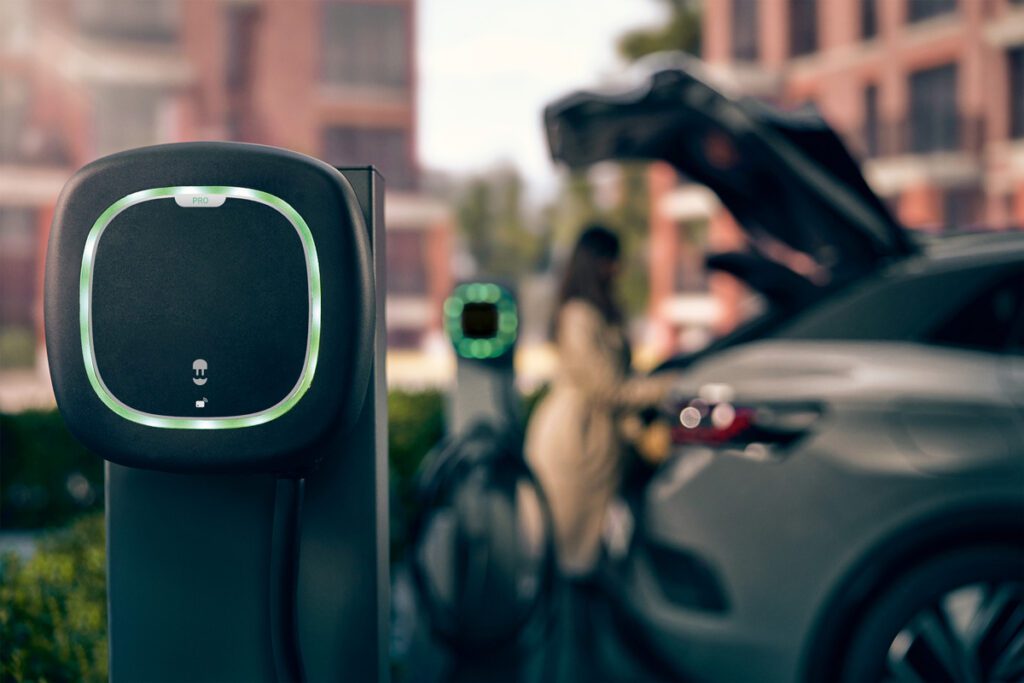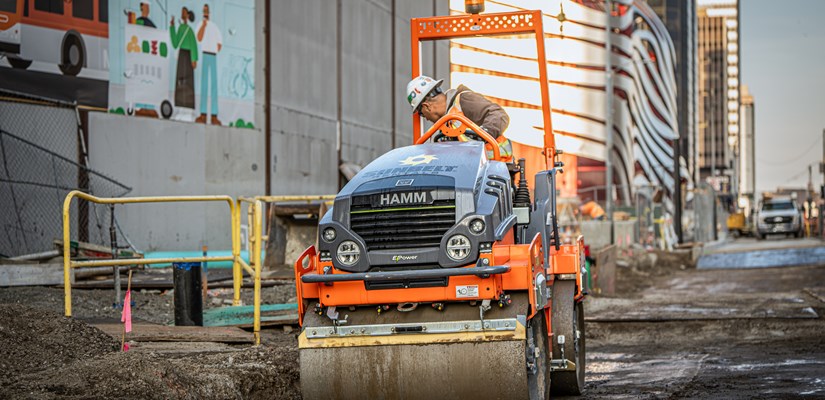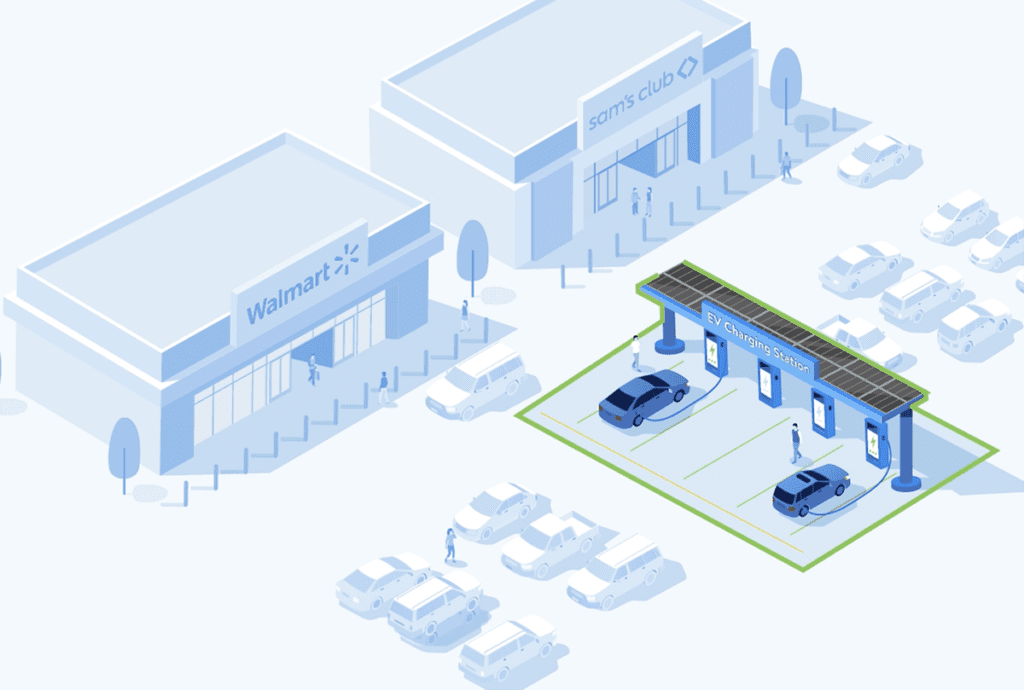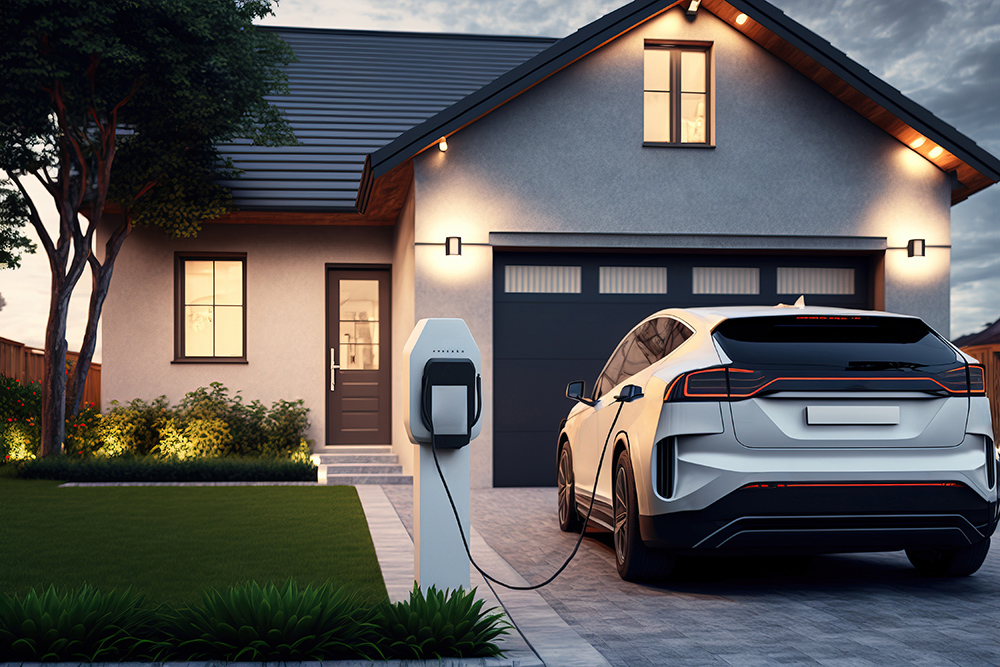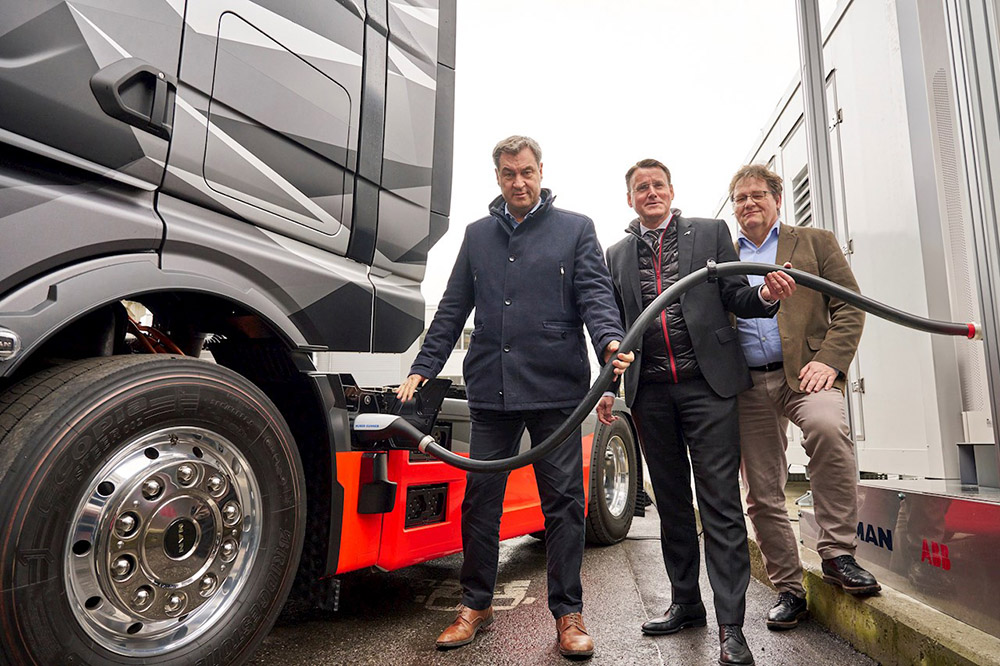In a move that has wide-reaching implications for the future of the EV market, Tesla has launched a “Non-Tesla Supercharger pilot” at 10 locations in the Netherlands. The company announced in July that it would open its vaunted Supercharger network to drivers of other companies’ EVs.
The 10 stations are now accessible to Dutch non-Tesla EV drivers via the Tesla app. Tesla is starting with a small number of sites so that it can “review the experience, monitor congestion and assess feedback before expanding. Future sites will only be opened to non-Tesla vehicles if there is available capacity.”


EV drivers of all persuasions have a lot of questions, and Tesla has answered most of them on its site.
Can other EVs with a CCS port use the Superchargers without an adapter? Yes. European Teslas have been produced with the standard CCS port used by other manufacturers since 2018, when the company began retrofitting European Supercharger stations with dual cables, so that they can charge Teslas equipped with either CCS or the Type 2 Mennekes connector previously used by European Teslas.
Will non-Tesla drivers will pay a higher price to charge? Yes, they will—the premium “reflects additional costs incurred to support charging a broad range of vehicles and adjustments to our sites to accommodate these vehicles.”
Will Supercharger cables reach all EVs? Probably not—different EVs have their charging ports in different locations, and Tesla concedes that “certain Supercharger site layouts may not be suitable for some cars.” Presumably, one of the things Tesla will be trying to figure out during the pilot is whether it needs to install longer cables and/or change the layout of some charging stalls.
Non-EV drivers may well ask, Why is this such a big deal? Well, it is, for several reasons. The Supercharger is the gold standard of charging. Tesla currently has some 25,000 Superchargers around the world, and by most accounts they offer a superior charging experience.
Some may fear that the company is voluntarily giving away one of its greatest competitive advantages, but in fact, the move has several benefits for Tesla. First of all, how many companies are able to get their competitors’ customers to download their app? Tesla is going to gain valuable info about drivers who haven’t bought its products, and a good platform to convince them to do so. Making the network accessible to all will also unlock government subsidies that wouldn’t be available to a proprietary network.
Most importantly, this is a big step towards fulfilling Tesla’s mission of putting every driver in an EV. Interoperability is a critical factor in speeding the adoption of a new technology, as the history of personal computers (and cell phones and hundreds of other products) illustrates. PCs and Macs talk to each other pretty well these days, and that’s good news for users of Windows and Apple alike.
When we talk about increasing EV adoption, infrastructure tends to be topic #1. It’s invariably the first thing an EV-curious driver asks about. The more confident people are that charging is easily available, convenient and seamless, the more likely they’ll be to take the electric plunge—and the more pressure there’ll be on the legacy automakers to finally get serious about electrifying.
Source: Tesla



















































